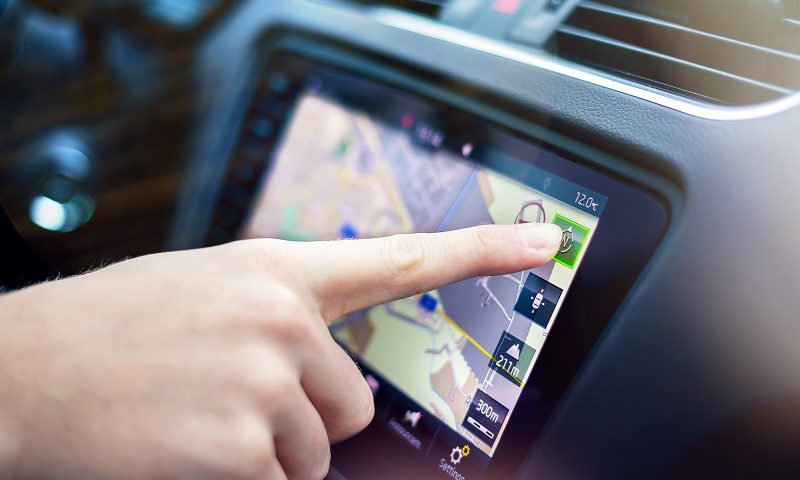Precise navigation tool what3words made available to drivers

How do you feel about entering three-word addresses by voice to navigate your car journeys?
It seems you can now do just that, as the innovative navigation app what3words has been made available for millions of motorists to use.
what3words is your destination?
Technology giant Harman has added what3words to its Ignite Store, a leading connected vehicle platform designed for car firms to build new tech into their own in-car app stores.
what3words divides the world into 57 trillion 3×3 metre squares, with each square given a unique combination of three words, allowing for easy navigation with pinpoint accuracy.
This means motorists in enabled vehicles can simply press a button on the steering wheel and say three words to get directions to any precise three-metre location.
It allows navigation to a particular point of interest – such as entrances, beaches, parking spots and EV charging points – rather than just streets. This even works on unmarked roads.
It is hoped this will reduce navigation errors from duplicate and similar-sounding addresses. To make sure drivers arrive at the correct destination, the app’s AutoSuggest technology prompts drivers with intelligent suggestions to identify and correct mistakes.
what3words’ Albert Jordan said: “Traditionally, it has been very challenging for third-party app developers to offer compelling automotive solutions.
“It’s an arduous process with different requirements for every manufacturer. By handling the process work on the back end, Harman Ignite Store enables app providers to easily and seamlessly launch.”
what3words CEO and co-founder Chris Sheldrick said the new partnership will offer drivers a better, more seamless navigation experience.
He added: “Our addressing technology can now be deployed easily and effectively in millions of vehicles around the world.”
To help break language barriers, what3words works in more than 35 languages, so drivers can switch a 3-word address from one language to another with ease.
Entering three-word addresses by voice is 25% faster than entering street addresses, while what3words voice also enables an 135% increase in address recognition.
Drivers can also type the words into the car infotainment screen if they prefer.
Safer and greener navigation
This is just one of the developments we’re seeing in the car journey navigation. In May, Google announced an update to its Google Maps app, which is designed to help reduce road collisions.
It updated its route planner to use artificial intelligence and navigation information to direct drivers to roads where ‘hard braking’ incidents are less likely to occur.
The update can also inform you whether you’re about to drive through a Clean Air Zone (CAZ) without paying a charge, providing an alternative route if not.
To find out how else technology is affecting motorists, see our guide on how automation is changing our roads.
Image credit: what3words


